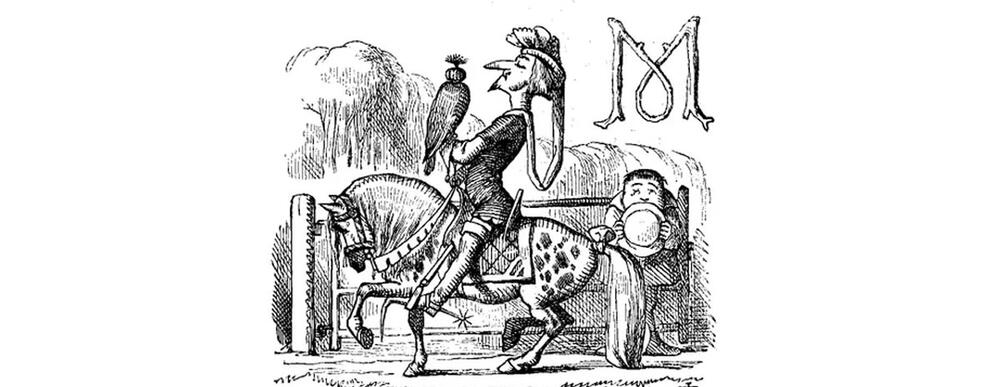Posted on Mar 20, 2022 |
Words that contain the letters M or N in the Spanish language can easily mislead because they have a very similar sound, especially when they are accompanied by other letters. For Spanish language learners, learning this simple rule is important for writing and speaking Spanish.
The letters M and N usually stand for different sounds. However, there are times when they can be easily confused. To help you avoid this confusion or any misspelling, here are some simple rules:
Use the letter M :
The letter M is written before the letters B and P. For example : “alambre (wire)” or “trampa (tramp)”
The letter M is written before the letter N. For example : “alumno (student)” or “amnistía (amnesty)”. However, we must point out that exceptions to this rule, this is when the words are composed by a prefix con-, en-, in-; for example : “innombrable (unmentionable)”, “perenne (perennial)”, “connotación (connotation)”
The letter M is written before another M. For example : “gamma (gamma)”.
Some foreign words and Latin words have M at the end of the word. For example : “álbum (album)”, “currículum (resume)” or “auditórium (auditorium)”.
Use the letter N :
The letter N is written before all consonants, except for the letters b, p and m. For example : “bondad (goodness)” or “mantel (tablecloth)”. Pay special attention to the consonant "V"
All words beginning with the following prefixes "trans-, cons-, circums-, circum-, ins-" must always use the letter N.
Latest Posts
-
Easter Week 2025 Schedule Processions Antigua Guatemala
- Mar 02, 2025 -
Ten Beautiful Words in the Spanish Language
- Jul 13, 2024 -
Easter Week 2024 in Antigua Guatemala
- Feb 04, 2024

